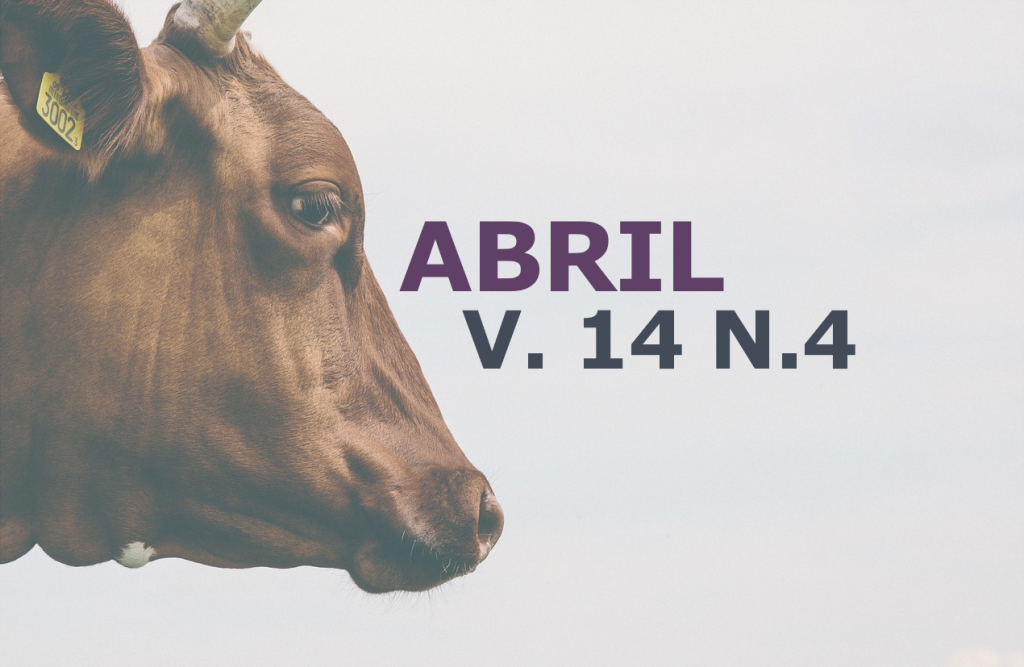Investigative biotechniques for evaluation of the mammary gland of production animals
DOI:
https://doi.org/10.31533/pubvet.v14n4a541.1-15Keywords:
in vitro techniques, in vivo techniques; udderAbstract
The implementation of new techniques to evaluate the mammary gland reveals the diagnosis and prognosis of the main changes affecting the udder, thus resulting in a reduction of producers' economic losses and a consequent increase in animal welfare. In vivo and in vitro techniques help, individually or jointly, the early detection of changes in mammary gland structures in the main production animals, by adding pertinent and necessary semiological information in the identification of the problem and its consequent solution. With a focus on minimizing milk yield and quality losses in high-yielding animals, avoiding infant feeding disorders and starvation death, and preventing mammary gland diseases that corroborate the lack of welfare of these animals. Thus, the implementation of mammary gland investigation techniques opens new perspectives for studies involving the mammary environment in different perspectives, in order to diagnose and institute the best therapy to be used.
Downloads
Published
Issue
Section
License
Copyright (c) 2020 Thaíse Cristine Ferreira de Carvalho-Sombra, Diana Célia Sousa Nunes-Pinheiro

This work is licensed under a Creative Commons Attribution 4.0 International License.
Você tem o direito de:
Compartilhar — copiar e redistribuir o material em qualquer suporte ou formato
Adaptar — remixar, transformar, e criar a partir do material para qualquer fim, mesmo que comercial.
O licenciante não pode revogar estes direitos desde que você respeite os termos da licença. De acordo com os termos seguintes:
Atribuição
— Você deve dar o crédito apropriado, prover um link para a licença e indicar se mudanças foram feitas. Você deve fazê-lo em qualquer circunstância razoável, mas de nenhuma maneira que sugira que o licenciante apoia você ou o seu uso. Sem restrições adicionais
— Você não pode aplicar termos jurídicos ou medidas de caráter tecnológico que restrinjam legalmente outros de fazerem algo que a licença permita.





